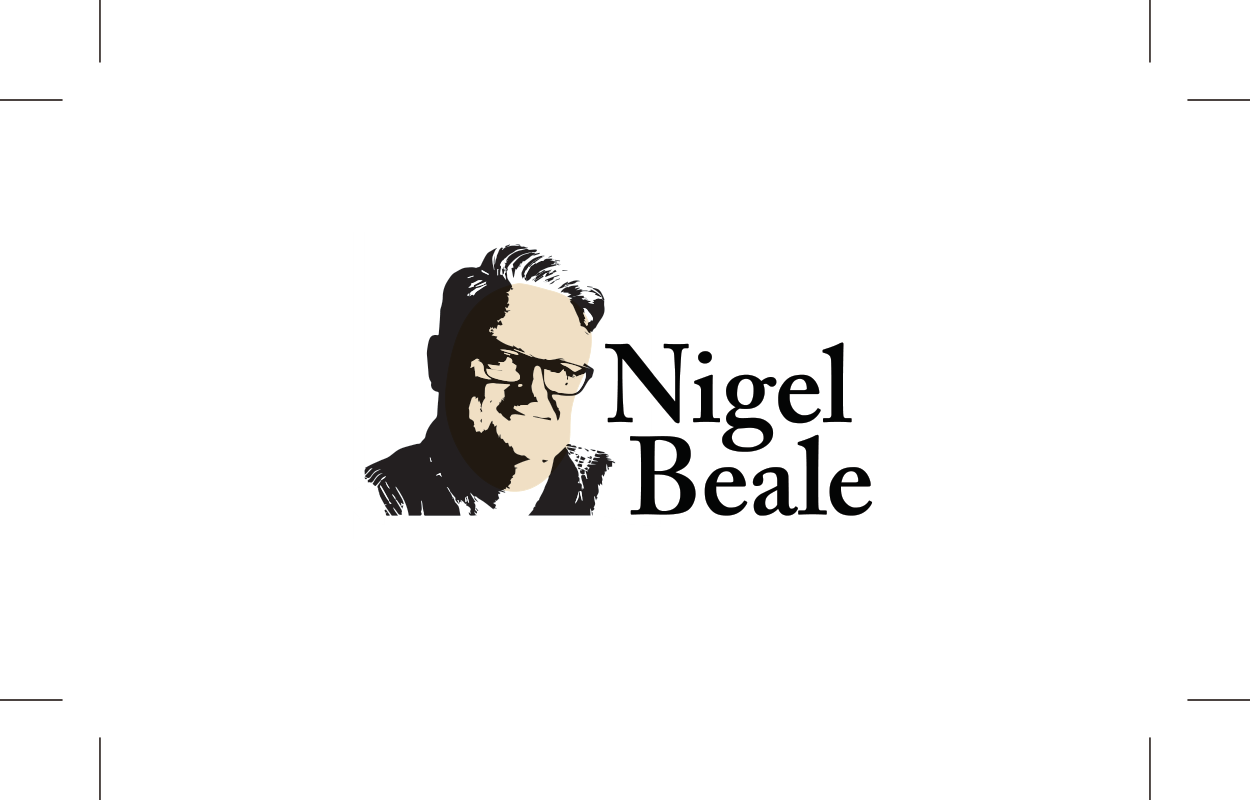Collecting ‘Britain in Pictures’
First appeared in The Guardian
I stopped, the other morning, at Cunningham Books in Portland, Maine, wanting to meet the proprietor Nancy Grayson, whom someone had told me was a person "not to be missed". I'm glad I caught her.After commenting on the calm orderliness of the shop – in which every book on every shelf was jacketed in a protective mylar cover, and lovely big windows let in the light – I asked Ms Grayson a question I find myself putting to most booksellers I meet these days. Amid concern in the trade about a decline in book collecting, what was still holding her enthusiasm, I wondered?
Around the corner she took me to face a neat little shelf full of slim, elegant books from the 'Britain in Pictures' series, published by Collins in the 1940s. There were about 25 on the shelf; after identifying about half as first printings, I took an armful over to the cash register, thanking Nancy for planting in me in half an hour the wretched obsession she's been cursed with for the past 20 years: possession of all 132 titles. After two decades, her collection sits somewhere in the mid 120s. Heaven knows how long it'll take for me to get there.
Published mostly during the second world war, the series was edited by the then literary editor of the Spectator, Walter James Turner. The aim was to tell a social history of Britain, spurred no doubt by the war and a desire to instill pride in the population for the great accomplishments of Albion's proud citizens. In short, they were devised as a morale booster for the home audience, and, in addition, a way to gain support from abroad.
There was also a suggestion that, during the war, national identity came under threat. In response, Collins published this series to acknowledge and celebrate the nation's unique contribution to the arts, science, industry and culture, exploring topics from chess and golf to printed books, photographers, caricaturists and cartographers. Britain's quaint eccentricities are also captured in volumes such as British Hills and Mountains, Windmills and Watermills, Waterways and Canals, Ship Builders and Fishermen, each written by noted authorities and talents of the day; each beautifully illustrated.
The books are octavo sized, affordable to all, and beautifully presented (one-colour printed paper boards with matching dust jackets, along with exquisite colour and black-and-white images throughout). But although the series was subtitled "The British People in Pictures", the books were as much about writing as anything else. The list of authors is an impressive who's who of the literary, political and arts communities of the time: George Orwell on the British People, John Piper on British Romantic Artists, RJ Cruikshank on The Liberal Party, Cecil Beaton on English Photographers, Francis Meynell on English Printed Books, Edith Sitwell on English Women, Graham Greene on British Dramatists and John Betjeman on English Cities and Small Towns, to name only a few.Though they can cost upwards of £100, most I've seen come in at between £4-£10 each, depending upon condition, and author. Plus they're plentiful. Cheap, and common (in the finest sense of the word), they're affordable to collect – and also now provide one more reason for my heart to pitter-patter every time I enter a used book shop.


